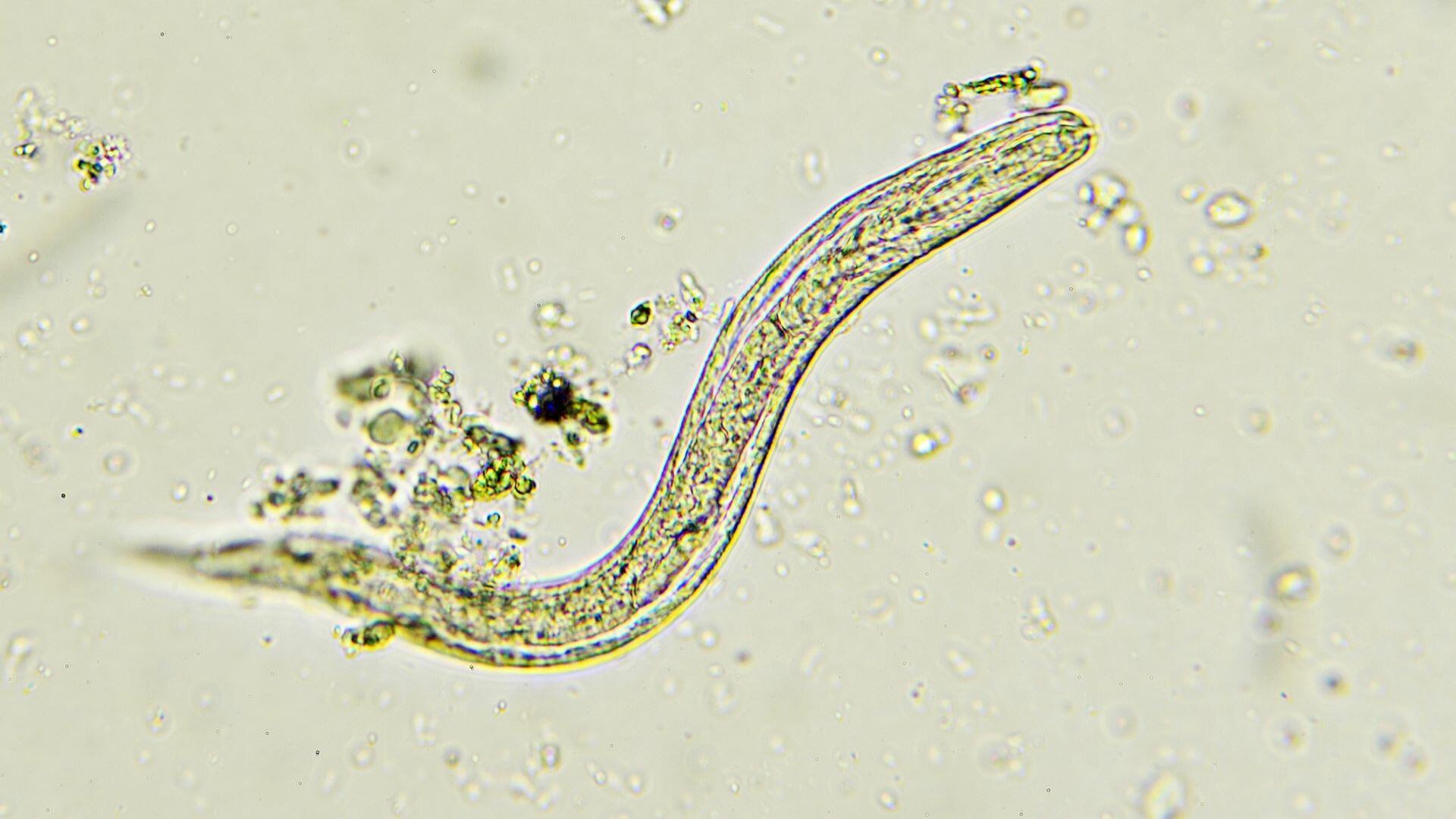
Scientists at the Liverpool School of Tropical Medicine (LSTM) have developed a more precise diagnostic tool to distinguish between two closely related threadworm species, improving the global surveillance of the disease strongyloidiasis.
The new test can differentiate between Strongyloides stercoralis, the species primarily responsible for human disease, and Strongyloides fuelleborni fuelleborni, a parasite typically found in non-human primates that is increasingly implicated in zoonotic transmission.
Until now, most molecular surveillance has relied on a test that cannot distinguish between the two, increasing the risk of misdiagnosis and underreporting of zoonotic cases. The researchers’ novel duplex real-time PCR (rtPCR) test, similar to those used to test for COVID-19, targets mitochondrial DNA, allowing accurate identification of each species from clinical samples.
Strongyloidiasis is one of 21 neglected tropical diseases recognised by the World Health Organization, but diagnostic challenges have long hampered global efforts to understand its distribution and control its impact.
Dr Lucas Cunningham, lead author of the study, said: “This new rtPCR fills a critical gap in our diagnostic toolkit. By improving species-level resolution, we can better monitor zoonotic transmission and target interventions more effectively, particularly in settings where both humans and non-human primates are involved in transmission cycles.”
In laboratory testing, the diagnostic demonstrated high specificity and sensitivity to parasite DNA. When applied to 96 clinical samples from the UK and Italy, the novel assay identified 36 cases of S. stercoralis, 17 of S. f. fuelleborni, and two coinfections.
The researchers recommend a two-step diagnostic protocol, first checking for signs of infection with a broad test that detects the Strongyloides genus, followed by species-level confirmation using the new test.
The study also highlights the need for improved molecular tools to detect imported and locally acquired infections in non-endemic countries, where strongyloidiasis is frequently underdiagnosed.
Professor Russell Stothard, one of the study’s co-authors and a medical parasitologist at LSTM, added: “Over the next year we are encouraging scale-up use of this diagnostic assay in routine disease surveillance in the UK and overseas to gain a much better insight into travel-related infections and improve local public health advice”.
Published in The Journal of Infectious Diseases, the research also offers a model for enhancing diagnostics across other neglected tropical diseases with zoonotic potential.
The new rtPCR test was developed in partnership with Dr William Nevin from LSTM and the Defence Medical Services Academic Department of Military Medicine, Dora Buonfrate from the Sacro Cuore Don Calabria Hospital in Italy and Dr Jaco Verweij from the Elisabeth-Tweesteden Hospital in the Netherlands.